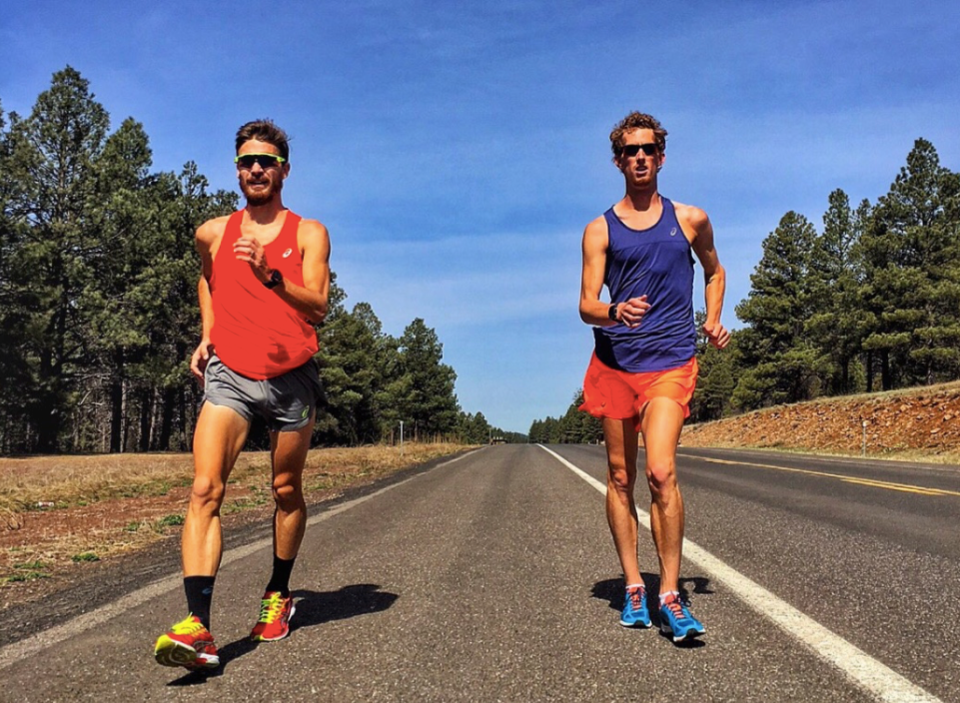The next exciting part of my season has gotten underway, finally.
After my last post about being a bit down, things have started to turn around. I kept things simple and listened to my body, backing off when needed and it’s paying off.
Since then, I’ve also travelled up to Flagstaff, Arizona, which sits at 2,100 metres above sea level.
I will be in Flagstaff for three weeks training along side a few Australian and New Zealand race walkers and my two Canadian teammates.
Along with us there are swarms of endurance athletes from all around the world, including 35 Canadians, looking to gain an edge by coming to altitude.
So, what exactly is that edge we are all looking for?
Endurance exercise relies on readily available oxygen to make the energy that your muscles use to move you forward.
In Richmond, at or occasionally below sea level, our air is rich with oxygen making it easy for our lungs to grab it from the air with each breath and pass on to your muscles via your blood.
While traveling in your blood, that oxygen binds to hemoglobin and the more hemoglobin you have, the more oxygen you can transport.
When you come up to altitude, the air is thinner and with each breath, less oxygen is passed to your muscles via your blood.
Immediately, this has negative effects on training, your effort to do simple things like walk up stairs becomes magnified and workouts can be 20-30 seconds slower per kilometre for the same effort. But over a few weeks, your body adapts to the thinner air by producing more hemoglobin and thus increasing how efficiently oxygen can be transported from your lungs that has a huge impact on endurance performance.
Only a handful of Olympic medalists over the last 20 years in endurance events haven’t utilized altitude at some point in their build up, which is a testament to the impact it can have.
For me, I am still fighting through the first few days and my body has not felt great, but day-by-day I’m feeling better and I’m excited to see what kind of gains I can make in these three weeks.
Taking the first week easy, I will ramp up the next two weeks and get some quality sessions in towards the end of our camp.
Once you come down from altitude, your body maintains this adaptation for several weeks and most people will come to altitude one to three weeks before a major race.
For us, our three weeks here will put us coming down from altitude two weeks before our World Race Walking Team Championships, where we will be hoping to medal as a team.



